Firestore Query Map Contains
Firestore is a cloud-based NoSQL database provided by Google Cloud Platform. It offers a scalable solution for storing and synchronizing data, allowing developers to easily build and scale their applications. One of the powerful features of Firestore is its ability to perform efficient queries on large datasets, including the use of the “contains” condition on map data types. In this article, we will explore Firestore’s query map contains feature, its limitations, and best practices for optimizing queries.
Understanding the Map data type in Firestore
Before diving into the query map contains feature, it is crucial to understand the Map data type in Firestore. A Map is a collection of key-value pairs, similar to a dictionary or JSON object. Firestore supports nested maps and arrays, allowing for flexible and structured data storage. Maps provide a simple way to organize and query data, especially when dealing with complex data structures.
The concept of “contains” in Firestore queries
When working with Firestore queries, the “contains” condition allows you to check if a value is present within a map data type. This condition is particularly useful when searching for specific keys or values within a map. By leveraging this feature, you can easily filter and retrieve documents that match specific criteria.
How to use the “contains” condition in a Firestore query
To use the “contains” condition in a Firestore query, you need to specify the field and the value to search for. For example, if you have a collection of documents with a “users” field containing a map, and you want to retrieve all documents where the “users” map contains a key “John”, you can use the following query:
“`javascript
db.collection(“your_collection”).where(“users.John”, “==”, true).get()
“`
This query will return all documents where the “users” map contains the key “John” with a value of true.
Limitations and constraints of using “contains” in Firestore queries
While the “contains” condition is a powerful feature, there are some limitations and constraints to be aware of when using it in Firestore queries.
1. Only keys within maps can be queried: The “contains” condition can only be used to search for keys within a map. It cannot be used to search for values or perform complex queries on nested maps or arrays.
2. Exact match required: The “contains” condition performs an exact match. It does not support partial matches or substring searches.
3. Case-sensitive: The “contains” condition is case-sensitive, meaning that searching for “John” will not match “john” or “JOHN” within a map.
Considerations for using “contains” with nested data in Firestore
When working with nested maps or arrays, it is essential to consider the structure and depth of your data. Remember that the “contains” condition can only query keys within maps. If you want to query nested data, you will have to chain multiple “contains” conditions together or consider alternative approaches like filtering arrays or using nested objects.
Retrieving data based on partial matches using “contains” in Firestore
As mentioned earlier, the “contains” condition does not support partial matches or substring searches. However, there are workarounds to retrieve data based on partial matches. One approach is to store additional derived data that contains all possible partial options and query against that field. Another option is to use external search services, such as Elasticsearch, to perform more advanced searches.
Practical examples of using “contains” in Firestore queries
Let’s explore some practical examples of using the “contains” condition in Firestore queries:
1. Filtering documents with a specific value in a map:
“`javascript
db.collection(“your_collection”).where(“your_map_field.your_key”, “==”, your_value).get()
“`
2. Searching for documents where a map field contains a specific key:
“`javascript
db.collection(“your_collection”).where(“your_map_field.your_key”, “==”, true).get()
“`
Best practices for optimizing Firestore queries using “contains”
To optimize Firestore queries using the “contains” condition, adhere to the following best practices:
1. Use indexing: Ensure that the fields you query against have proper indexes defined. Firestore automatically creates indexes for single fields, but composite indexes may be necessary for complex queries.
2. Avoid excessive nesting: Excessive nesting of maps or arrays within documents can lead to performance issues. Consider flattening your data structure to reduce query complexity and improve response times.
3. Use subcollections when appropriate: Instead of nesting all data within a single document, consider using subcollections to organize related data. This approach can make queries more efficient and scalable.
Alternatives to using “contains” in Firestore queries
While the “contains” condition is a useful feature, there are some situations where alternative approaches may be more appropriate:
1. Firestore filter array contains: If you want to query arrays instead of maps, Firestore provides the “array-contains” condition, which allows you to search for a specific value within an array field.
2. Firestore query array of objects: When dealing with arrays of objects, you can use the “array-contains” condition in combination with Composite Indexes to search for objects that match specific criteria.
3. Firestore string contains: If you need to perform substring searches or partial matches, you may consider using external search services like Elasticsearch or Firebase’s Cloud Functions in conjunction with Firestore.
4. Firestore like query: Firestore does not provide a direct “like” query operator. However, you can achieve similar functionality by using a combination of the “>= ” and “<=" operators to create a range query. 5. Firestore in query more than 10: Firestore limits the number of values you can use with the "in" operator to 10. If you need to query for more than 10 values, you'll need to split your query into multiple requests or consider alternative data modeling. 6. Or condition in Firestore query: Firestore does not natively support the "or" operator for query conditions. To achieve an "or" condition, you will need to perform multiple queries and merge the results manually. 7. Firestore query TypeScriptFirestore Query Map Contains: Utilize TypeScript to write concise and type-safe queries. TypeScript provides static type checking, making your queries less prone to errors. In conclusion, Firestore's query map contains feature provides a powerful tool for filtering and retrieving data based on specific keys within map fields. Understanding the limitations and considering best practices can help you optimize your queries and efficiently work with complex data structures. By exploring alternatives when necessary, you can leverage Firestore's full potential in building robust and scalable applications.
Maps, Arrays And Subcollections, Oh My! | Get To Know Cloud Firestore #4
Keywords searched by users: firestore query map contains firestore filter array contains, firestore query array of objects, firestore query nested object, firestore string contains, firestore like query, firestore in query more than 10, or condition in firestore query, firestore query typescript
Categories: Top 36 Firestore Query Map Contains
See more here: nhanvietluanvan.com
Firestore Filter Array Contains
Firestore, the NoSQL database offered by Google Cloud Platform, provides an array of powerful features to enhance developers’ productivity and simplify data management. One such feature is the ability to filter documents based on array values using the “array-contains” operator. This functionality allows developers to search for documents that include a specific value within an array field. In this article, we will take a deep dive into Firestore’s filter array contains feature, exploring its usage, benefits, and potential limitations.
Understanding Firestore Filter Array Contains
Firestore’s filter array contains feature enables us to query documents based on the presence of a specific value in an array field. This operator allows developers to avoid complex and time-consuming workarounds by directly searching arrays for desired values. By doing so, Firestore simplifies the process of retrieving relevant data and designing efficient application logic.
Usage and Syntax
To filter documents using the “array-contains” operator, we can utilize the where() method provided by Firestore’s query API. Its syntax is as follows:
“`javascript
db.collection(‘collection_name’).where(‘array_field’, ‘array-contains’, value);
“`
In this syntax, ‘collection_name’ refers to the name of the collection we wish to query, ‘array_field’ represents the name of the array field inside the documents, and ‘value’ signifies the specific value we are searching for within the array.
An important point to note is that the filter array contains operator works best with arrays that contain simple values such as strings, numbers, or boolean values. It is not suitable for querying arrays of objects or nested arrays.
Benefits of Filter Array Contains
1. Simplified Queries: With Firestore’s filter array contains functionality, developers can easily perform queries without resorting to complex workarounds, as in traditional SQL databases. It reduces the overhead of manually parsing arrays on the client-side and simplifies the codebase.
2. Efficient Data Retrieval: By utilizing the array-contains operator, developers gain the ability to target documents that specifically contain certain values without needing to retrieve the entire array. This results in more efficient data retrieval, reducing network bandwidth and enhancing overall performance.
3. Real-time Updates: Firestore’s filter array contains feature can seamlessly integrate with other functionalities offered by Firestore, such as real-time updates using Firestore listeners. This allows developers to create dynamic applications that automatically respond to changes in the data, providing a smooth and interactive user experience.
Limitations and Considerations
While Firestore’s filter array contains operator provides substantial benefits, it is essential to understand its limitations to avoid unexpected behavior or performance issues.
1. Limited Data Size: Firestore has a maximum document size limit of 1 MiB, which means that arrays containing many elements may exceed this limit, resulting in an error. Therefore, it is crucial to carefully monitor and manage the size of the array fields to ensure they fit within the required limits.
2. Single Value Match: It is important to note that the filter array contains operator matches documents where any element in the array matches the specified value. It does not support partial matches or matching multiple values within a single document. If this functionality is required, a different approach should be considered.
3. Indexing Considerations: Firestore requires indexing of array fields used with the filter array contains operator. By indexing the array fields appropriately, developers can optimize query performance and avoid any potential slowdowns introduced by unindexed queries.
4. Cost Consideration: Firestore pricing is dependent on the number of document reads performed. While filtering using filter array contains is extremely useful, it is essential to be mindful of the costs associated with retrieving data that matches the desired value within large arrays. Care should be taken to efficiently manage and optimize queries to minimize costs.
FAQs
Q1. Can I use filter array contains with nested arrays or object arrays?
No, Firestore’s filter array contains operator is designed to work with arrays containing simple values such as strings, numbers, or boolean values. It does not support querying nested arrays or object arrays.
Q2. How does filter array contains differ from the in operator in Firestore?
While both the filter array contains and in operator in Firestore can be used for querying array fields, there is a fundamental difference between them. The filter array contains operator checks if any element in the array matches the specified value, while the in operator checks if the entire array field matches any element in a given set.
Q3. Can I filter and combine multiple queries using filter array contains?
Yes, Firestore allows combining multiple queries by chaining the where() method. By applying multiple filter array contains clauses, you can search for documents that match multiple conditions within an array field.
Q4. How does filter array contains handle large arrays with performance in mind?
Firestore’s filter array contains operator is efficient in handling large arrays as long as the array field is properly indexed. By creating appropriate indexes, Firestore can quickly search and match values within arrays, ensuring optimal query performance.
In conclusion, Firestore’s filter array contains feature provides developers with a powerful tool to query documents based on array values. Its simplicity, efficiency, and seamless integration with Firestore’s real-time updates make it a valuable asset for developing dynamic and responsive applications. However, developers should be mindful of its limitations and consider potential performance and cost implications when utilizing this functionality. By following best practices and considering all aspects, developers can harness the full potential of Firestore’s filter array contains operator and enhance their application’s functionality and user experience.
Firestore Query Array Of Objects
When it comes to storing data, arrays of objects can be a handy way to group related data together. For example, consider a scenario where you have a collection of blog posts and each post has an array of comments associated with it. Each comment object might contain properties such as the commenter’s name, the content of the comment, and the timestamp. With Firestore, you can easily perform queries to fetch specific comments based on certain criteria, such as comments made by a particular user or comments posted within a specific time range.
To execute a query on an array of objects in Firestore, you can use the `array-contains` operator. This operator allows you to query for documents where the specified field contains any object that matches the given value. For example, let’s say you have a collection named “posts” and each document in this collection has an array field called “comments”. To retrieve all posts that have a comment made by a user named “John”, you can use the following code snippet:
“`python
db.collection(‘posts’).where(‘comments’, ‘array-contains’, { ‘name’: ‘John’ }).get()
“`
In this example, `db` refers to the Firestore database instance. The `where` method is used to specify the field you want to query (`comments`) and the condition to be met (`array-contains`). The value you pass to the `array-contains` operator is an object that matches the structure of the objects within the array. In this case, we are searching for a comment object with a “name” property equal to “John”. The `get` method retrieves the query results.
Additionally, you can combine multiple conditions to create more complex queries. For example, if you want to retrieve posts with comments made by “John” after a specific date, you can modify the query as follows:
“`python
db.collection(‘posts’).where(‘comments’, ‘array-contains’, { ‘name’: ‘John’ })
.where(‘comments’, ‘array-contains’, { ‘timestamp’: > ‘2022-01-01’ }).get()
“`
This query will return all posts that have at least one comment made by “John” and posted after January 1, 2022.
Queries on arrays of objects are not limited to a single field. You can also perform queries on multiple fields within the objects in the array. For instance, if you want to retrieve posts with comments made by “John” and containing the word “great”, you can use the `array-contains` operator for each field:
“`python
db.collection(‘posts’).where(‘comments’, ‘array-contains’, { ‘name’: ‘John’ })
.where(‘comments’, ‘array-contains’, { ‘content’: ‘great’ }).get()
“`
These queries are incredibly powerful and flexible, enabling you to retrieve specific subsets of data that match your criteria.
FAQs:
Q: Can I query nested arrays of objects using Firestore?
A: Yes, Firestore supports querying nested arrays of objects. You can chain multiple `array-contains` conditions to query nested arrays at different levels.
Q: Is it possible to update or delete elements within an array of objects using Firestore queries?
A: No, Firestore queries themselves are read-only. To update or delete specific elements within an array of objects, you need to retrieve the document, make the necessary modifications to the array, and then write the changes back to Firestore.
Q: What is the maximum depth for querying arrays of objects in Firestore?
A: Firestore supports querying arrays of objects up to a maximum depth of 100 levels. However, it’s important to note that as the depth increases, query performance may be impacted, and it’s recommended to flatten the data structure if possible.
Q: Can I use pagination with queries on arrays of objects?
A: Yes, Firestore provides pagination functionality to handle large result sets. You can paginate through the query results using the `startAfter` or `startAt` methods, combined with the `limit` method, to fetch data in chunks.
Firestore’s ability to query arrays of objects adds another dimension to its powerful querying capabilities. With just a few lines of code, you can retrieve the data you need based on specific conditions, providing a flexible and efficient way to work with array-like data structures.
Images related to the topic firestore query map contains

Found 27 images related to firestore query map contains theme








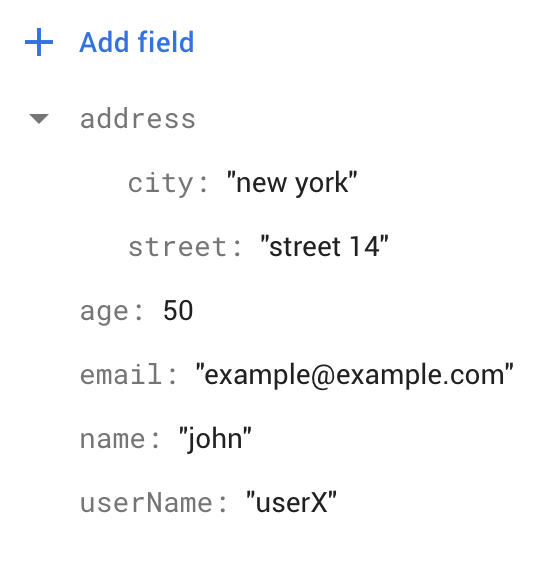


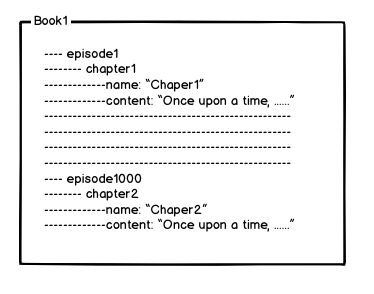




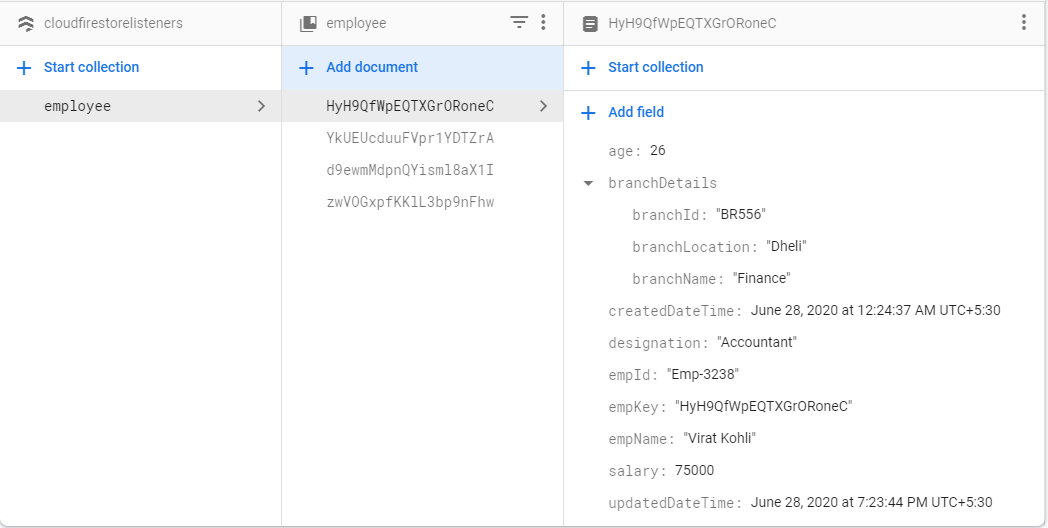
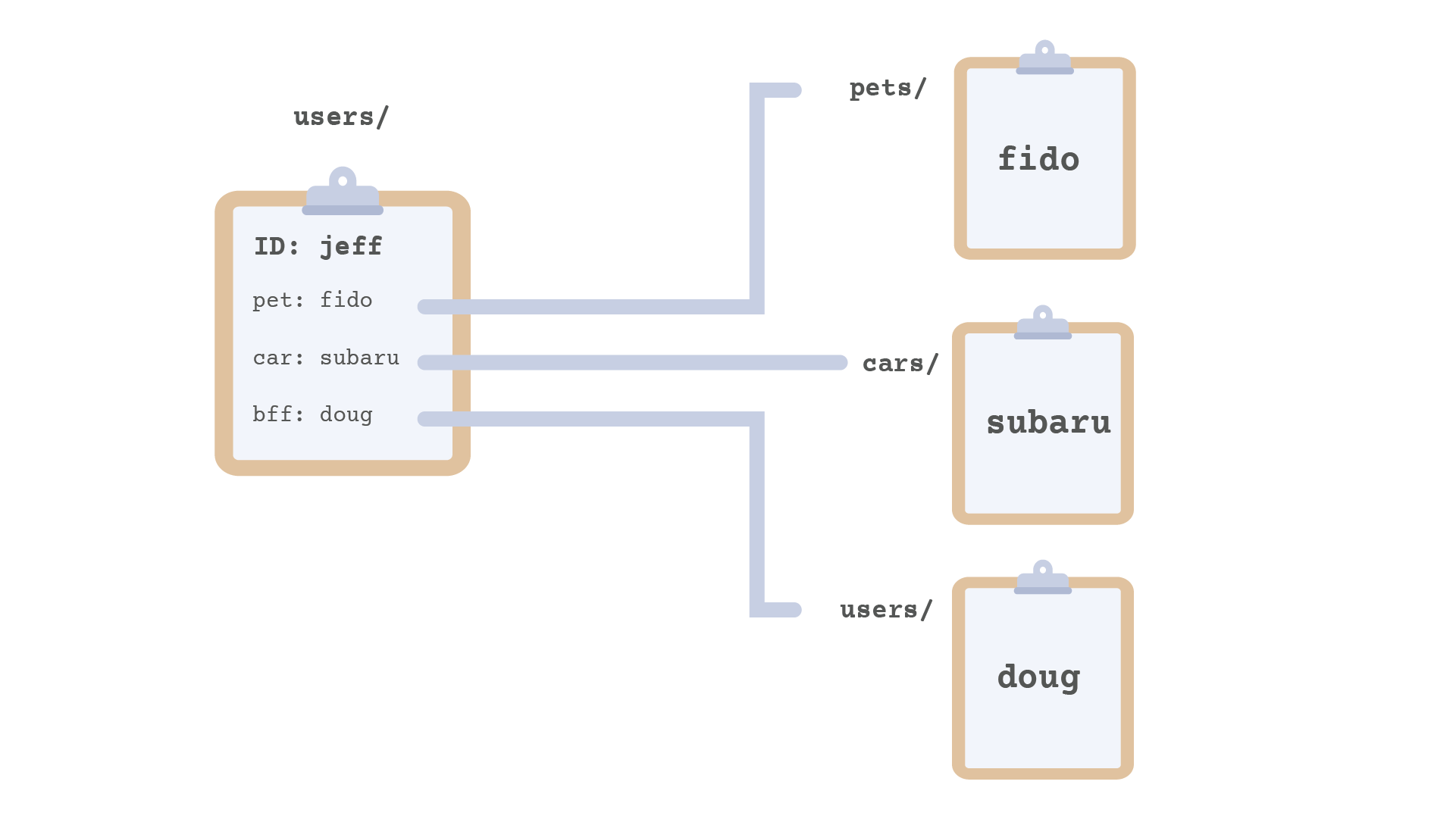
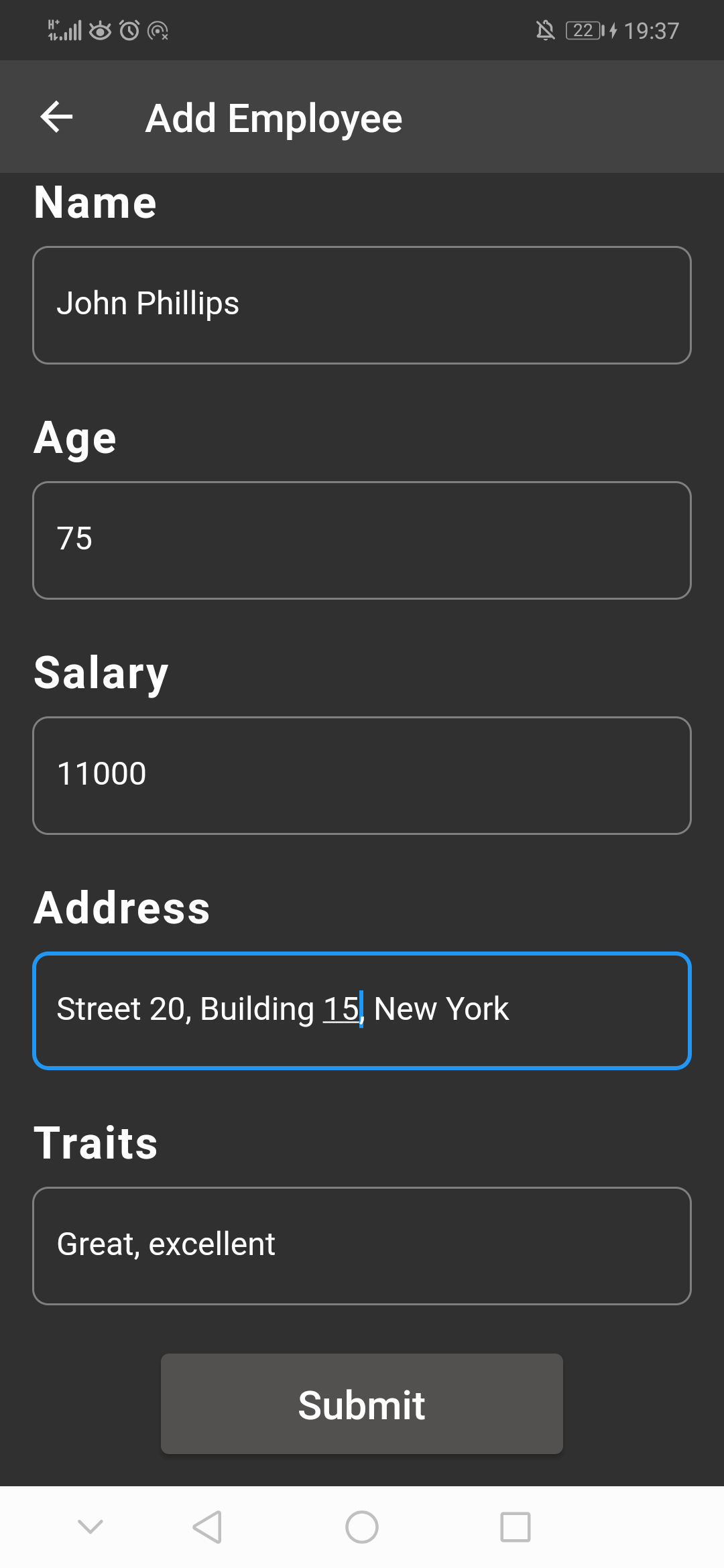




Article link: firestore query map contains.
Learn more about the topic firestore query map contains.
- Firestore query where map contains string – Stack Overflow
- Android – Firestore query where map contains string – iTecNote
- Firestore query where map contains string
- Firestore support for ‘array-contains-all’ – Google Issue Tracker
- Queries I Found Useful in My First Adventures with Firestore
- Cloud Firestore – React Native Firebase
See more: https://nhanvietluanvan.com/luat-hoc